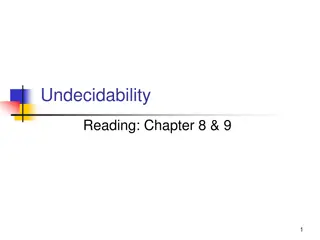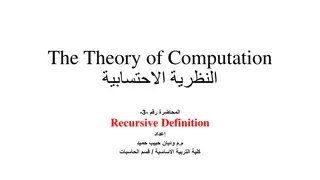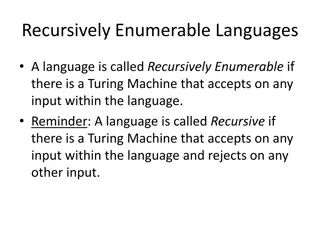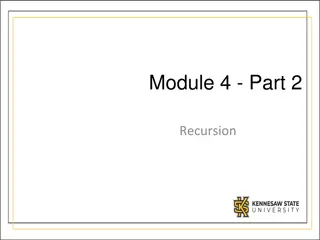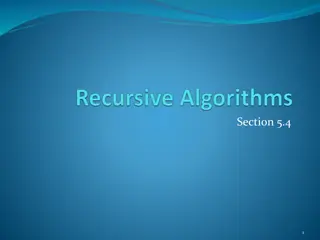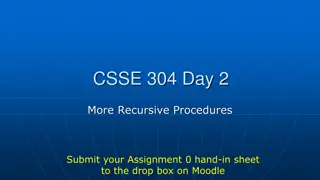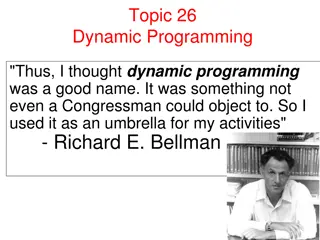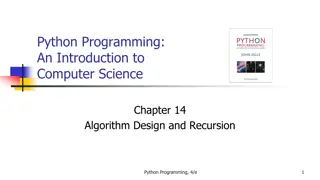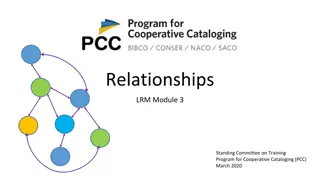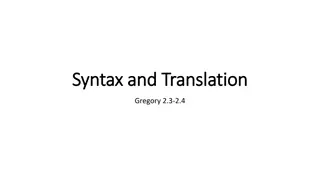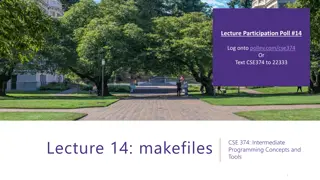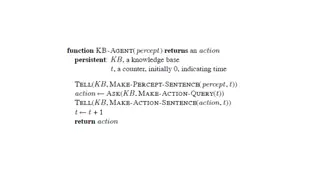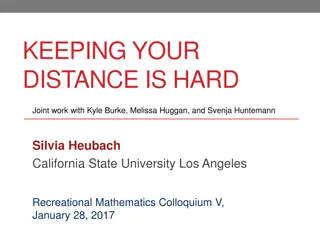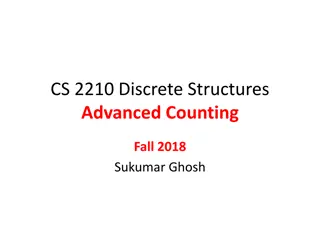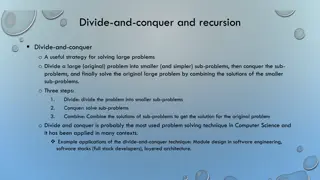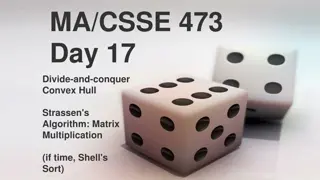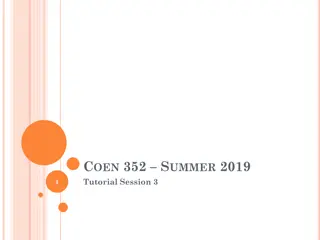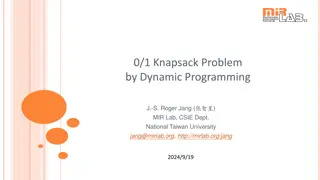Understanding Recursive Methods: A Comprehensive Guide
This content delves into the concept of recursion, particularly focusing on understanding recursive methods and how they are executed. It provides steps to approach recursive methods effectively, emphasizing the importance of having a precise specification and verifying correctness in base and recursive cases. The guide offers insights into analyzing recursive calls and ensuring parameters lead to termination without infinite recursion.
Download Presentation

Please find below an Image/Link to download the presentation.
The content on the website is provided AS IS for your information and personal use only. It may not be sold, licensed, or shared on other websites without obtaining consent from the author. Download presentation by click this link. If you encounter any issues during the download, it is possible that the publisher has removed the file from their server.
E N D
Presentation Transcript
RECURSION, CONTINUED Lecture 8 CS2110 Fall 2015
Announcements 2 A2 grades are available For prelim conflicts, please follow instructions at http://www.cs.cornell.edu/courses/CS2110/2015fa/exams.html
Two views of recursive methods 3 How are calls on recursive methods executed? We saw that in the lecture. Useful for understanding hwo recursion works. How do we understand a recursive method know that it satisfies its specification? How do we write a recursive method? This requires a totally different approach. Thinking about how the method gets executed will confuse you completely! We now introduce this approach.
Understanding a recursive method 4 Step 1. Have a precise spec! Step 2. Check that the method works in the base case(s): Cases where the parameter is small enough that the result can be computed simply and without recursive calls. /** = sum of digits of n. * Precondition: n >= 0 */ publicstaticint sum(int n) { if (n < 10) return n; If n < 10 then n consists of a single digit. Looking at the spec we see that that digit is the required sum. // n has at least two digits return sum(n/10) + n%10 ; }
Understanding a recursive method /** = sum of digits of n. * Precondition: n >= 0 */ publicstaticint sum(int n) { if (n < 10) return n; 5 Step 1. Have a precise spec! Step 2. Check that the method works in the base case(s). Step 3. Look at the recursive case(s). In your mind replace each recursive call by what it does according to the method spec and verify that the correct result is then obtained. return sum(n/10) + n%10; // n has at least two digits return sum(n/10) + n%10 ; } return (sum of digits of n/10) + n%10; // e.g. n = 843
Understanding a recursive method /** = sum of digits of n. * Precondition: n >= 0 */ publicstaticint sum(int n) { if (n < 10) return n; 6 Step 1. Have a precise spec! Step 2. Check that the method works in the base case(s). // n has at least two digits return sum(n/10) + n%10 ; } Step 3. Look at the recursive case(s). In your mind replace each recursive call by what it does acc. to the spec and verify correctness. Step 4. (No infinite recursion) Make sure that arguments to recursive calls are in some sense smaller than the parameters of the method. n/10 < n
Understanding a recursive method 7 Step 1. Have a precise spec! Important! Can t do step 3 without it Step 2. Check that the method works in the base case(s). Step 3. Look at the recursive case(s). In your mind replace each recursive call by what it does according to the spec and verify correctness. Once you get the hang of it this is what makes recursion easy! This way of thinking is based on math induction which we will see later in the course. Step 4. (No infinite recursion) Make sure that arguments to recursive calls are in some sense smaller than the parameters of the method
Writing a recursive method 8 Step 1. Have a precise spec! Step 2. Write the base case(s): Cases in which no recursive calls are needed Generally for small values of the parameters. Step 3. Look at all other cases. See how to define these cases in terms of smaller problems of the same kind. Then implement those definitions using recursive calls for those smaller problems of the same kind. Done suitably point 4 is automatically satisfied. Step 4. (No infinite recursion) Make sure that the args of recursive calls are in some sense smaller than the pars of the method
Example: Palindromes 9 A palindrome is a String that reads the same backward and forward. A String with at least two characters is a palindrome if (0) its first and last characters are equal and (1) chars between first & last form a palindrome: e.g. AMANAPLANACANALPANAMA have to be the same have to be a palindrome A recursive definition!
Example: Counting characters 10 /** countEm(c,s) = number of times c occurs in s */ publicstaticint countEm(char c, String s) { if (s.length() == 0) return 0; substring s[1..] i.e. s[1] s(s.length()-1) // { s has at least 1 character } if (s.charAt(0) != c) return countEm(c, s.substring(1)); // { first character of s is c} return 1 + countEm (c, s.substring(1)); } countEm( e it is easy to see that this has many e s ) = 4 countEm( e Mississippi ) = 0
Example: Exponentiation 11 Power computation: a0 = 1 If n != 0 an = a * an-1 /** power(a,n) returns a^n * Precondition: n >= 0 */ staticint power(int a, int n) { if (n == 0) return 1; return a * power(a, n-1) }
Example: Fast Exponentiation 12 Power computation: a0 = 1 If n != 0 an = a * an-1 If n != 0 and even an = (a*a)n/2 /** power(a,n) computes a^n * Precondition: n >= 0 */ staticint power(int a, int n) { if (n == 0) return 1; if (n%2 == 0) return power(a*a, n/2); return a * power(a, n-1); }
Example: Searching in a list 13 0 1 2 3 k n a n0 n1 fst n2 n3 lst /** Returns an index i between fst and lst, inclusive, * where a[i] = k. * Precondition: such an index exists, * and a is sorted in ascending order */ staticint search(int[] a, int k, int fst, int lst) { }
Example: Sierpinskis Triangle 14 /** draws Sierpinski s triangle bounded * by p1, p2, and p3 on g up to order n * Precondition: pi not null, n >= 0 */ privatestaticvoid displayTriangles(Graphics g, int order, Point p1, Point p2, Point p3) { } drawLine(g, p1,p2) midpoint(p1,p2)




